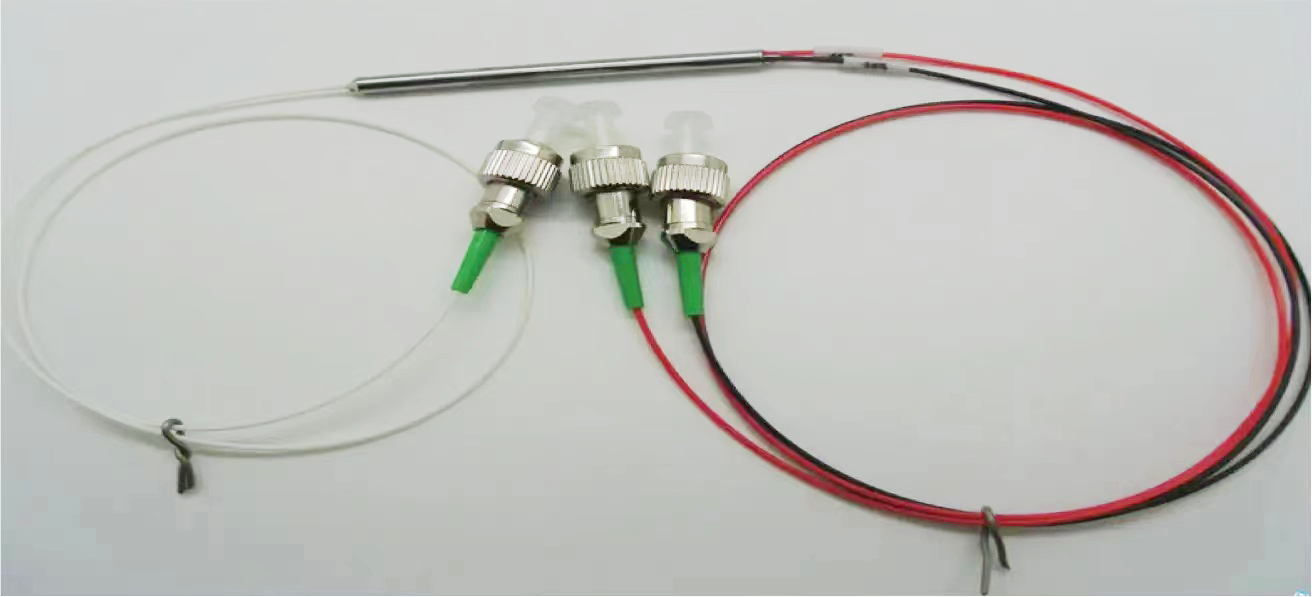Optical splitter, also known as optical splitter or optical coupler, is an integrated waveguide optical power distribution device. Its core function is to distribute the optical signal in one optical fiber to multiple optical fibers. Its working principle is based on the interference effect of the optical waveguide structure. When the incident light is coupled into the optical waveguide, output beams in different directions are formed through the mutual interference between multiple transmission modes. The output power ratio of an optical splitter, that is, the ratio of the output powers of different output ports, depends on the lateral distribution and relative phase difference of each mode in the optical waveguide.
The optical splitter is a component of the PON network. It is a passive device that connects the OLT and the ONU. Its function is to distribute downlink data and concentrate uplink data. The optical splitter has one uplink optical interface and several downlink optical interfaces. The optical signal coming from the uplink optical interface is allocated to all downlink optical interfaces for transmission, and the optical signal coming from the downlink optical interface is allocated to the only uplink optical interface for transmission. Only when the optical signal moves from the uplink optical interface to the downlink optical interface, the optical signal intensity/optical power will decrease. The same is true when the optical signal moves from the downlink optical interface to the uplink optical interface. The intensity of the optical signals coming out of each downstream optical interface can be the same or different.
According to different manufacturing processes, optical splitters are mainly divided into two categories: FBT type (fused tapered beam splitter) and PLC type (planar optical waveguide power splitter). Fusion tapering technology is to bundle two or more optical fibers together, and then melt and draw them on a tapering machine. During the drawing process, the coupling splitting ratio of each optical fiber is monitored. When the splitting ratio reaches the required level, the melting and drawing is completed, and one end is retained. One optical fiber (the rest cut off) serves as the input end, and the other end serves as the multi-channel output end.
Read more https://www.xhphotoelectric.com/en/category/products/fused-optical-coupler/


Comments are closed